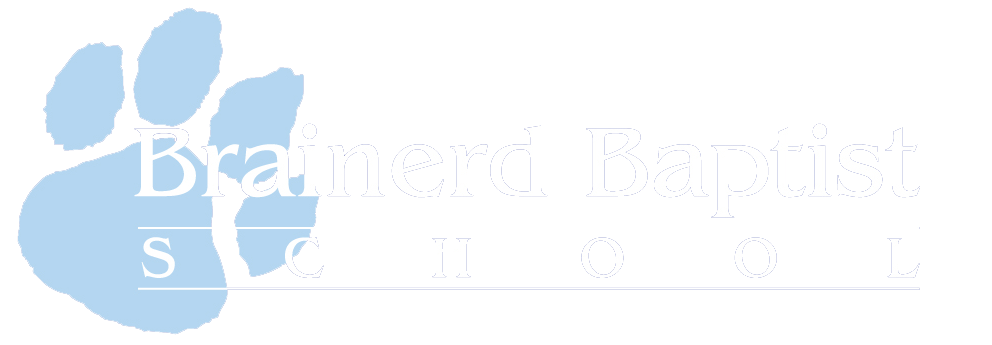THE FOUR C’S
For our 4th- and 5th-grade students, we have recently added “The Four C’s” to the fine arts rotation. Students continue to enjoy weekly classes in art, music, library, P.E., Bible, Spanish, and time in our STEM lab, but now they also have opportunities to explore coding, cooking, chess, and carpentry.
Research shows that these experiences support the development of critical thinking skills and help students apply problem-solving and creativity in practical ways. By integrating The Four C’s into our curriculum, we are preparing students for success both academically and in real-world problem solving.
-
Coding and programming skills can help young children with language development, problem solving, and critical thinking. “Coding brings young children rich opportunities for language development and the ‘notion of learning from mistakes,” says Chip Donohue, Ph.D., Director of Erikson’s TEC Center. He also said the skills create “habits of mind that are essential for the 21st century.”
The programming language we are exposing the students to is Swift. This is the new language for Mac, iOS, Apple Watch, and Apple TV. The curriculum we are using is Swift Playgrounds that was developed by Apple for the express purposes of schools helping to expose students to entry level coding. In the introductory class, students looked at the differences between commands and functions, and then worked through exercises on implementing them into code form. The students were given a block of code, and they had to “fix it.”
-
“Teachers and principals are seeing how the classroom cooking experience helps support critical thinking, collaboration, and problem-solving skills,” says Leslie Cunningham-Sabo, a nutrition researcher at Colorado State University.
-
Chess can improve children’s critical thinking and problem solving skills. The America’s Foundation for Chess (AF4C) cites chess’s ability to improve visual memory, attention span, spatial reasoning, the capacity to predict and anticipate consequences, and the ability to use criteria to drive decision making and to evaluate alternatives.
-
Carpentry allows children another avenue for creativity; when provided with materials and limits, they can experiment and be creative. It also allows for the children to explore with tools and wood, using large and small muscle coordination. Problem solving skills are learned when children make decisions about the design and shapes to use specific projects. By working together in groups, children will practice social skills and can gain self-esteem.
